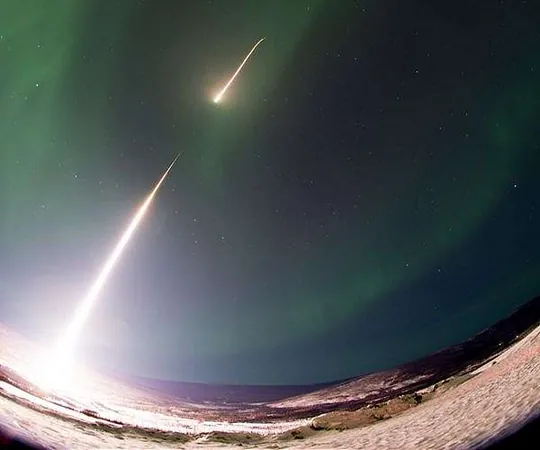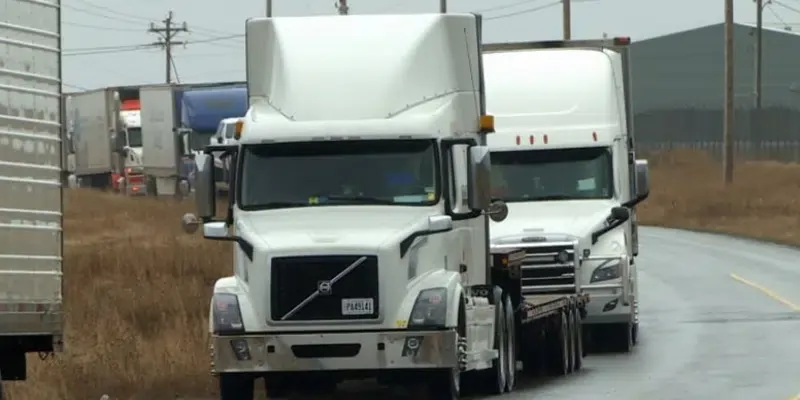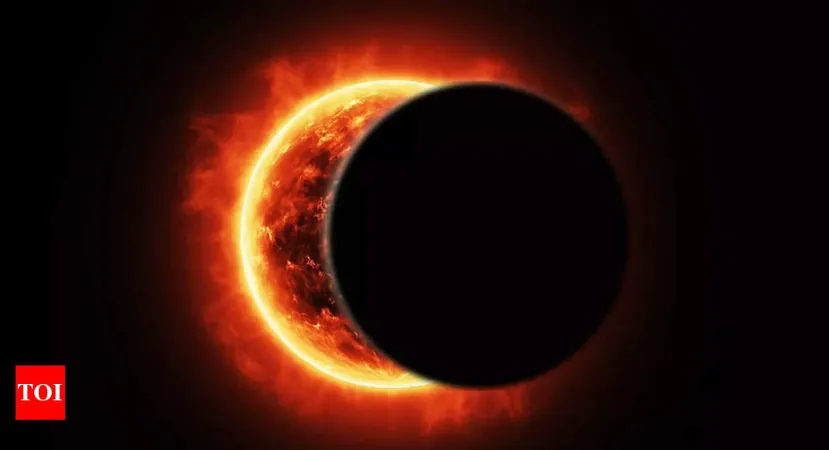
NASA's Bold Aurora Experiment: Three Rockets Set to Launch from Alaska for Groundbreaking Research!
2025-03-24
Author: Olivia
In an unprecedented scientific venture, NASA is gearing up to launch three rockets from the Poker Flat Research Range in Fairbanks, Alaska, starting from March 24 through April 6, 2025. This innovative experiment aims to explore the complexities of auroral substorms and their significant impact on the behavior and composition of Earth's far upper atmosphere.
Dubbed the Auroral Waves Excited by Substorm Onset Magnetic Events (AWESOME), this mission could potentially challenge long-standing theories regarding the interaction between the auroras and the thermosphere—an area of the atmosphere that stretches from 50 to 350 miles above the Earth’s surface. With our growing reliance on satellite technology for navigation and communications, enhancing space weather forecasting could have far-reaching implications.
Led by Mark Conde, a distinguished space physics professor at the University of Alaska Fairbanks (UAF), the project involves around a dozen graduate researchers actively participating from various locations across Alaska, including Utqiagvik, Kaktovik, Toolik Lake, Eagle, and Venetie.
This mission’s objectives revolve around a fundamental question: When auroras unleash heat into the atmosphere, how much of that thermal energy contributes to lifting air upward versus inducing horizontal movements and oscillations? Interestingly, Conde posits that the dominant force at play may not be the vertical convection commonly believed, but rather acoustic-buoyancy waves—suggesting that the atmospheric changes triggered by auroras could affect a much larger area than previously thought.
Expect colorful displays, as the largest of the three rockets—a 70-foot Black Brant XII—will create visible vapor tracers in stunning pink, blue, and white hues that can be seen across northern Alaska for up to 20 minutes. This captivating show will occur during the dawn hours, where sunlight activates the vapor trails against the backdrop of the darkened surface, allowing ground cameras to capture the atmospheric dynamism in real time.
Following the launch of two two-stage Terrier-Improved Malemute rockets at approximately fifteen minutes and one hour post-auroral substorm, the scientific team will analyze data collected from multiple altitudes ranging from 50 to 155 miles up.
Conde emphasizes the importance of understanding atmospheric composition changes and their wide-ranging consequences on systems that are vital to modern life. 'The insights gained from this experiment could lead to more streamlined and accurate methods for predicting space weather,' he remarked, highlighting the potential to transform our understanding of how auroras interact with the upper atmosphere.
In summary, NASA's ambitious Aurora experiment promises not only to unlock the mysteries of the thermosphere but also to revolutionize space weather forecasting, ensuring we are better prepared for the unpredictable forces of nature that can impact our technological infrastructure. Will this experiment change our understanding of atmospheric science forever? Stay tuned as the rockets prepare for liftoff in Alaska!









 Brasil (PT)
Brasil (PT)
 Canada (EN)
Canada (EN)
 Chile (ES)
Chile (ES)
 Česko (CS)
Česko (CS)
 대한민국 (KO)
대한민국 (KO)
 España (ES)
España (ES)
 France (FR)
France (FR)
 Hong Kong (EN)
Hong Kong (EN)
 Italia (IT)
Italia (IT)
 日本 (JA)
日本 (JA)
 Magyarország (HU)
Magyarország (HU)
 Norge (NO)
Norge (NO)
 Polska (PL)
Polska (PL)
 Schweiz (DE)
Schweiz (DE)
 Singapore (EN)
Singapore (EN)
 Sverige (SV)
Sverige (SV)
 Suomi (FI)
Suomi (FI)
 Türkiye (TR)
Türkiye (TR)
 الإمارات العربية المتحدة (AR)
الإمارات العربية المتحدة (AR)